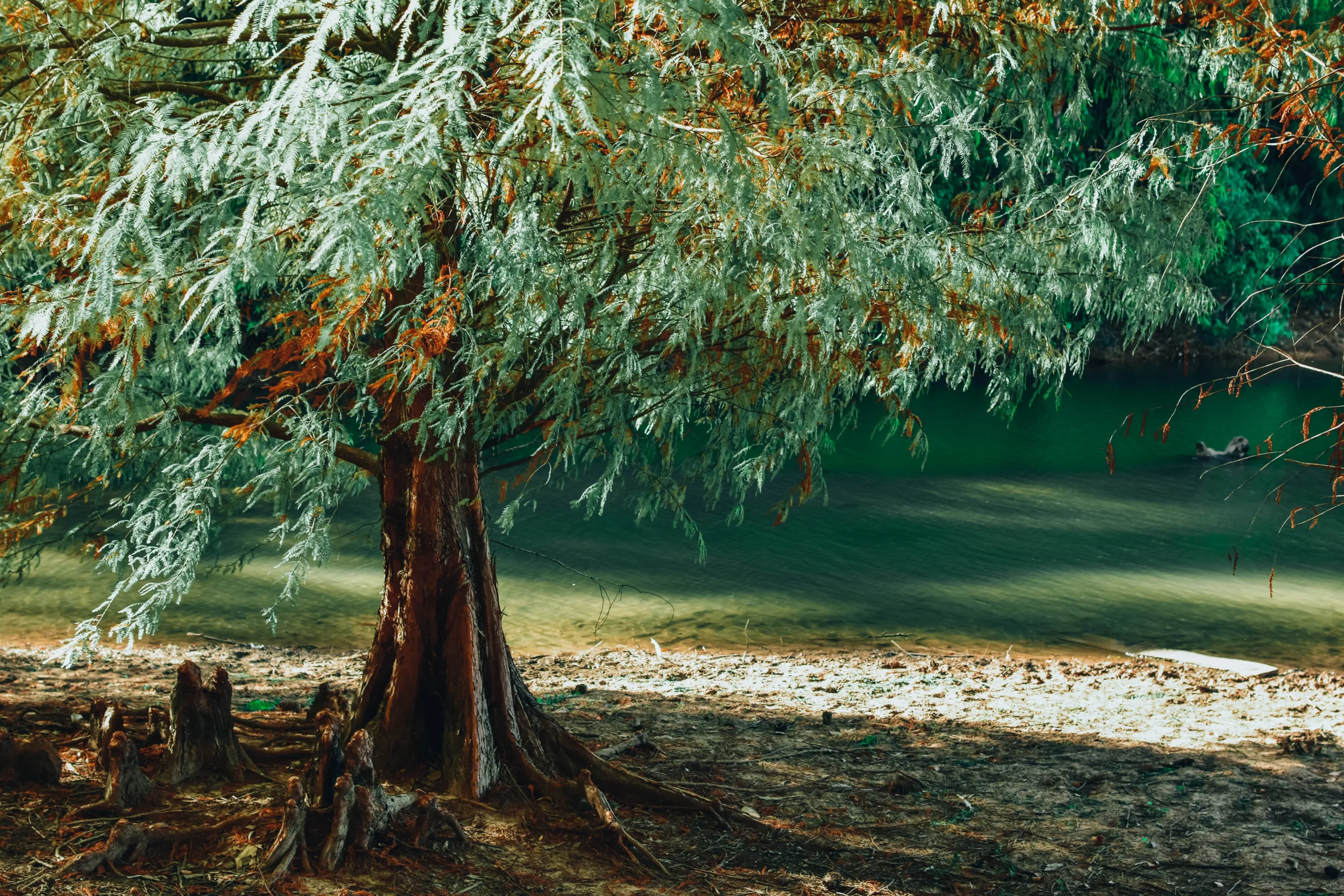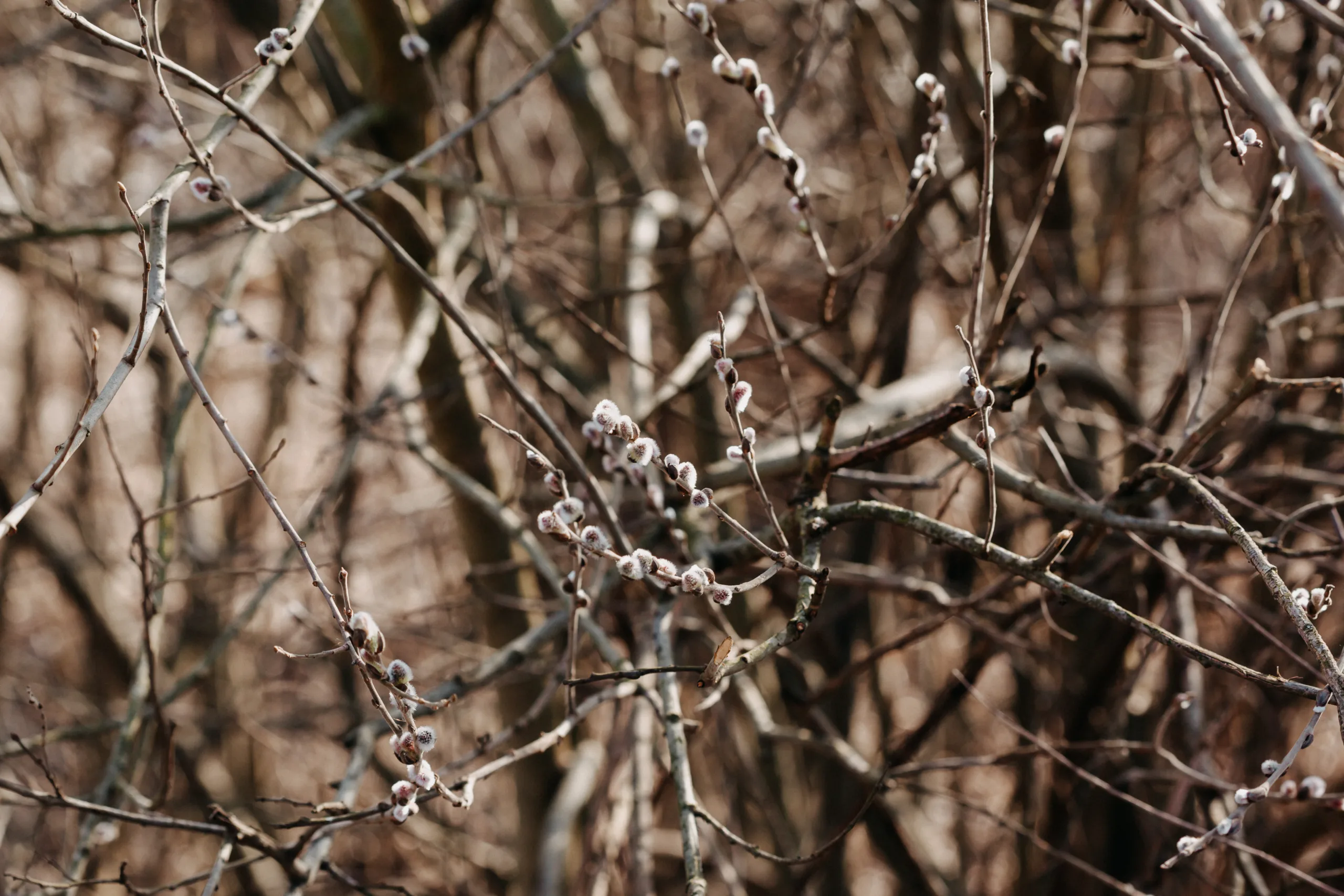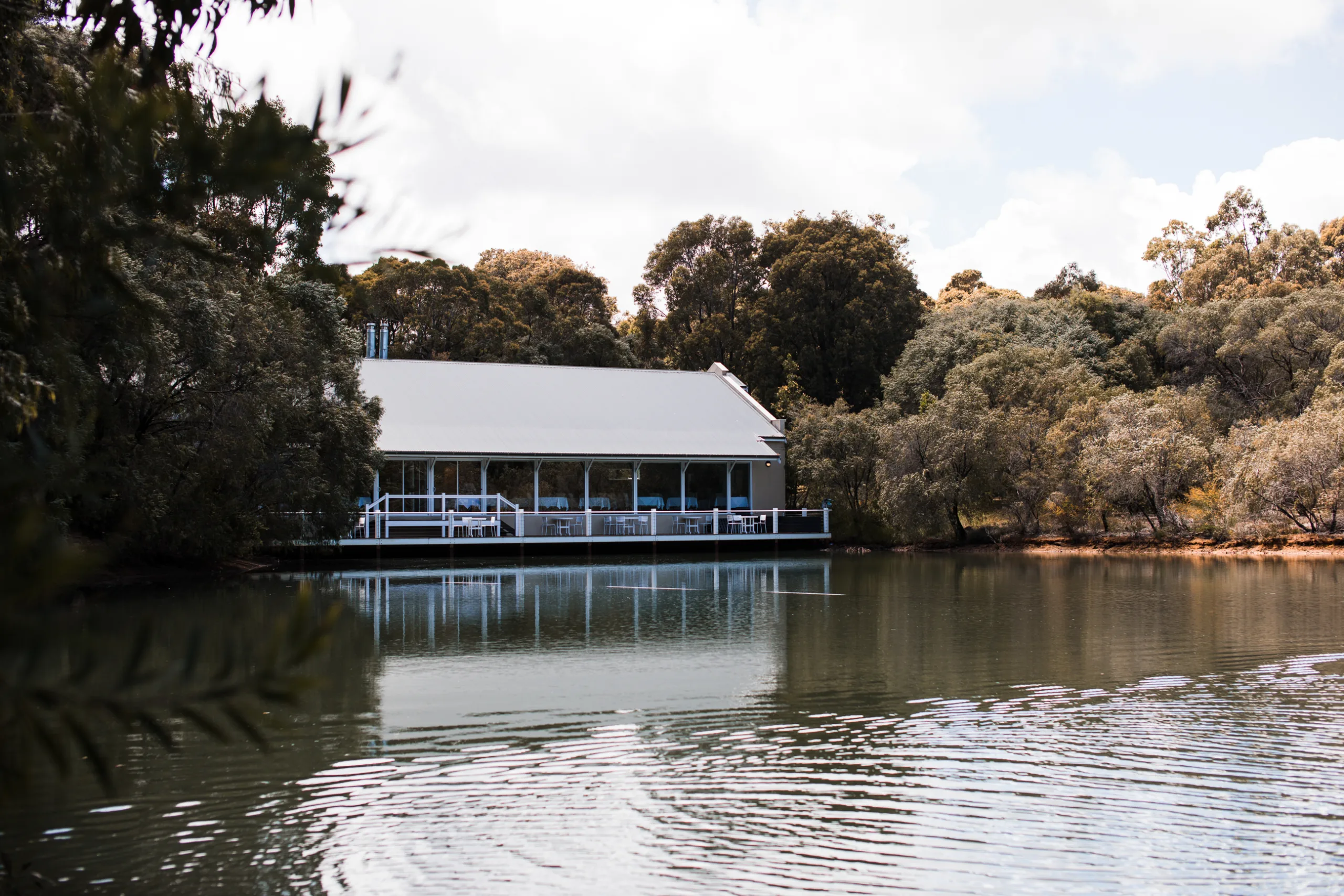Do you live in Florida and want to know if Willow Trees can be grown in your area?
If so, you’re in the right place! In this article, we’ll discuss everything you need to know about growing Willow Trees in Florida. We’ll look at what type of climate and soil is best for them, as well as any potential pests or diseases that could affect them. Additionally, we’ll look at the best ways to care for your Willow Tree once it’s established. By the end of this article, you should have all the information you need to decide if a Willow Tree is right for your yard!
A willow tree is a type of tree in the genus Salix. It is known for its slender, graceful branches and its distinctive drooping foliage.
Climate Conditions for a Willow Tree
Willow trees are hardy plants that can tolerate a wide range of temperatures and climates. They generally prefer full sun and moist, well-drained soils, but they can survive in partial shade and even wet, poorly drained soils. They will thrive in cold temperatures down to -30°F (-34°C) and warm temperatures up to 100°F (38°C). They also require a good amount of water to stay healthy, so it’s important to keep the soil around your willow tree moist but not soggy. If you live in an area with hot summers, you may need to provide extra water during this time to ensure your tree stays healthy. In addition, willow trees should be planted in areas with good air circulation as they are prone to diseases such as leaf spot and powdery mildew if the humidity is too high.
What Areas of the US are Suitable for Growing a Willow Tree?
Willow trees are native to much of the United States, and they can be found in most areas of the country. They require moist soil and plenty of sunlight, so they can generally be found growing near streams or ponds. The trees can grow in a variety of climates, from temperate to subtropical. In the northern parts of the United States, willow trees are best suited to USDA hardiness zones 4-7. In warmer climates, like those in the southern states, willow trees can be grown in hardiness zones 8-10.
Willow trees have shallow root systems, so they should not be planted near sidewalks or driveways as their roots could cause damage. They are also susceptible to drought and should not be planted in areas that experience long periods without rain or irrigation. Willow trees need at least five hours of direct sunlight per day for optimal growth.
In order to ensure optimal growth, it is important to select a species of willow tree that is best suited for the climate in which it is being grown. Different varieties have different requirements for moisture and temperature levels, so selecting the right species is essential for successful planting and growth. With appropriate selection and care, willow trees can thrive in many regions across the United States.
Are Willow Trees Native to Florida?
Willow trees are native to Florida, although the exact species of willow tree found in Florida varies from region to region. In North Florida, the common willow tree species include black willow, sandbar willow, and peachleaf willow. In Central and South Florida, the most common willow tree species is the weeping willow. These trees can be found in both wet and dry habitats in Florida.
Willow trees are attractive trees with long, drooping branches and bright green leaves that turn yellow or gold in the fall. They can grow up to 70 feet tall and live for up to 100 years if given proper care. They thrive in moist soil, and are often found near streams or other waterways in the state.
Willows are fast-growing trees that provide a lot of shade but do not require a lot of maintenance once they have been established. They are also popular as windbreaks along roads or on farms because they can withstand strong winds better than other types of trees.
While some people may have concerns about planting a non-native tree species in their yard, it is important to remember that all of the native willow species are well adapted to survive in Florida’s environment. Planting native trees is an important part of preserving local habitats and ensuring that wildlife has access to food and shelter.
Challenges to Growing a Willow Tree in Florida
Willow trees are a popular species of tree that can be grown in many parts of the world, including Florida. However, there are some challenges to growing a willow tree in the Sunshine State. The most significant challenge is climate. While willow trees can tolerate hot and humid climates, they prefer cooler temperatures and are not well-suited for Florida’s hot, dry summers. Additionally, willow trees require a lot of water and frequent irrigation to stay healthy and ward off pests.
Another challenge is soil quality. Willows prefer soils that are rich in organic matter and that hold moisture well. While many parts of Florida have soils with high levels of organic matter, they tend to be acidic and lack the necessary nutrients for a healthy willow tree. Additionally, compacted soils make it difficult for the roots to take hold and grow properly.
Finally, pests and diseases can be an issue when growing willows in Florida. Many common insects such as aphids and scale insects can cause damage to the leaves and branches of the tree if not treated promptly. Additionally, certain fungi such as Fusarium oxysporum can cause root rot which can lead to the death of the tree if not addressed quickly.
In conclusion, while it is possible to grow a willow tree in Florida, there are several challenges that must be taken into consideration before planting one. It is important to research soil conditions, climate requirements, water needs, pest control methods, and disease prevention strategies before attempting to grow a willow tree in this region of the country. With proper care and attention, however, it is possible for these trees to thrive in this environment.

Willow Trees Suited to Floridian Climates
Willow trees are a popular choice for Floridian gardens and yards due to their ability to thrive in a warm, humid climate. While there are many varieties of willow that can be found in Florida, some have proven to be better suited than others.
The Weeping Willow is a popular choice as it is fast-growing and can reach heights of up to 50 feet. It is also noted for its graceful drooping branches, giving it an elegant appearance. The Chines Pussy Willow is another option as it can thrive in wetter climates and grows quickly. It has beautiful silvery catkins that bloom in the springtime.
The Dwarf Japanese Willow is a dwarf version of the Japanese weeping willow and is well suited to smaller yards or gardens as it only grows up to 10 feet tall. It has small, green leaves and bright yellow colored flowers that bloom in the late spring season.
The Louisiana Redbud Willow is an excellent choice for those looking for a colorful addition to their garden or yard. This willow has bright pink flowers that bloom during the springtime and its leaves turn yellow during the fall season.
Finally, the White Weeping Willow is an ideal choice as it can tolerate both wet and dry climates while still maintaining its stunning white foliage throughout the year. This tree can reach heights of up to 60 feet and its branches often hang gracefully down towards the ground, giving it a unique look.
Regardless of which type of willow tree you choose, they all make excellent additions to any yard or garden in Florida due to their ability to withstand hot, humid climates with ease. With proper care and maintenance, these trees can provide you with years of beauty and enjoyment!
Soil Types for Growing Willow Trees in Florida
Willow trees are a popular choice for landscaping in Florida. They are fast growing, hardy, and tolerant of a wide range of soil conditions. However, certain soil types do make it easier for willow trees to thrive in the climate and environment of Florida.
Well-drained soils with plenty of organic matter are ideal for willow trees in Florida. Sandy loam soils that contain a good amount of clay and organic material are best as they promote drainage while still providing the tree with enough nutrients to grow strong and healthy. Soils with pH levels between 6.0 and 6.8 are optimal as they provide the necessary nutrients without being too acidic or alkaline for the tree.
It is important to avoid soils with poor drainage, as this can lead to root rot and other diseases in willow trees. Clayey soils can also be problematic as they tend to hold onto too much water, leading to waterlogged roots which can cause the tree’s growth rate to slow down or even stop altogether.
Adding organic matter such as compost or aged manure can help improve any soil type, making it more suitable for growing willow trees in Florida. Regular fertilization is also recommended, especially for sandy soils which tend to be lower in nutrients than other types of soil.
Overall, well-drained sandy loam soils with plenty of organic matter are best for growing willow trees in Florida. Adding compost or aged manure can help improve any soil type, while regular fertilization is recommended to ensure that the tree has all the nutrients it needs to thrive in its new environment.
Is There an Optimal Time of Year for Planting a Willow Tree in Florida?
Planting a willow tree in Florida can be challenging due to the state’s warm, humid climate. It is important to know the optimal time of year for planting a willow tree in order to ensure its survival and health. While there is no definitive answer for what is the best time of year for planting a willow tree in Florida, there are certain times that are more suitable than others.
The best time to plant a willow tree in Florida is during late fall or winter when temperatures are cooler and there is more rainfall. This allows the roots to become established before the heat of summer arrives. Planting during this time also helps minimize shock from transplanting and gives the tree time to adjust before it needs to focus energy on leaf production in spring. Additionally, if planted in late winter or early spring, the willow tree can benefit from increased water availability as rains increase during this season.
It is important to note that while late fall and winter are ideal times for planting, they can also be too cold for some species of willow trees. For example, if you live in northern Florida, where temperatures can drop below freezing during winter months, some types of willows may not be able to survive. Therefore, it is important to research which type of willow tree you plan on planting and make sure it can withstand colder temperatures before you purchase it.
In addition to researching your specific type of willow tree, there are other things you should consider when planting your new tree. For example, make sure you find an area with plenty of sunlight and soil that drains well so that your sapling has proper drainage and access to sunlight needed for healthy growth. Additionally, wait until after any frost periods have passed before planting so that your new sapling does not suffer damage as a result of cold weather conditions.
Overall, while there is no definitive answer as to when the best time of year for planting a willow tree in Florida is, late fall or winter are typically considered ideal times due to cooler temperatures and increased rainfall during these seasons which help promote healthy growth and establishment. However, it is important that you research your particular type of willow tree prior to purchase and ensure that it can survive colder temperatures if necessary. Additionally, make sure you select an area with adequate sunlight exposure and well-draining soil prior to planting your sapling.

Conclusion
Willow trees are a popular choice for many homeowners and gardeners in Florida due to their beauty, low maintenance needs and ability to tolerate a variety of growing conditions. They are also quite easy to grow from cuttings and can be propagated in a relatively short period of time. While the trees thrive in moist soils, they can survive in drier soil as long as they are well watered. If you’re looking for an attractive and hardy tree for your Florida landscape, the willow is an excellent choice.
With its graceful form and vibrant foliage, the willow is an ideal tree for any Florida landscape. Its adaptability to different soil types and its tolerance of both wet and dry conditions make it an excellent choice for those who want to add some beauty to their yards without having to worry about complicated maintenance needs. Whether you’re looking for a small accent tree or a large shade tree, the willow is definitely worth considering.

My interest in trees started when I first saw the giant sequoias in Yosemite.
I was a teenager then, and I remember thinking, “I need to learn more about this.”
That moment stuck with me.
A few years later, I went on to study forestry at Michigan Tech.
Since graduating, I’ve worked in a mix of hands-on tree care and community education.
I’ve spent over ten years helping people understand how to plant, maintain, and protect the trees in their neighborhoods.
I don’t see trees as just part of the landscape.
They are living things that make a real difference in our daily lives.
